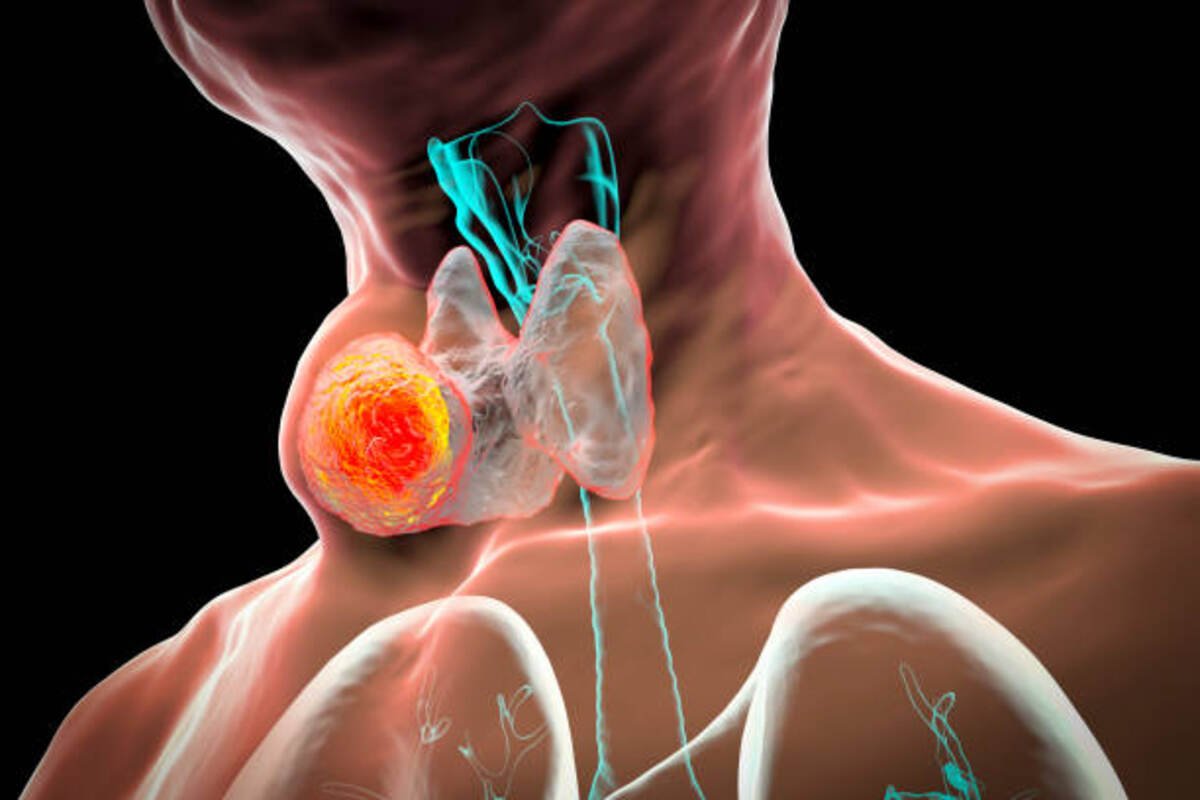If you’re concerned that you might have thyroid cancer, you should get a diagnosis as soon as possible. There are several different types of this disease. You should also know the symptoms of each type to make your doctor decide the best course of treatment. For example, your type may be Anaplastic, Papillary, Follicular, or Medullary.
Anaplastic carcinoma
Anaplastic thyroid carcinoma is a rare, aggressive, and rapidly spreading form of thyroid cancer. It typically affects older patients and is characterized by a rapidly enlarging mass in the neck, pain, and tenderness. Patients may also have compressive symptoms. A fine-needle aspiration biopsy typically diagnoses the disease, but an open surgical biopsy may be necessary to confirm the diagnosis.
Surgery is the best treatment for anaplastic thyroid cancer, but other treatments may be necessary. Radiation therapy and chemotherapy may be used to treat advanced diseases. Surgery is not the only treatment for anaplastic thyroid cancer, as it can spread to other body parts. Anaplastic thyroid cancer is aggressive and can result in breathing and eating difficulties. Treatment options may include chemotherapy, radiation therapy, and clinical trials. In rare cases, patients with early-stage cancer may live for years after diagnosis. But for most patients, cancer may not be curable and may spread to distant areas of the body.
Follicular carcinoma
A thyroid tumor is classified as follicular carcinoma if it comprises a cluster of follicles. The number of follicles can vary. A follicular tumor may be benign or malignant. However, it is essential to distinguish a benign follicle from a malignant one. A follicular thyroid tumor is likely to be more aggressive than one that is papillary. The treatment for follicular carcinoma depends on the grade and invasiveness of the thyroid cancer. However, patients with well-differentiated tumors may have long-term survival.
Follicular cancers differ from papillary cancers in that they lack nuclear changes. They are also encapsulated. The cytology of follicular tumors is also different. They may be well-differentiated, with macrofollicular structures, or poorly differentiated. Their distinct growth patterns also distinguish them.
Medullary carcinoma
Medullary carcinoma is a type of thyroid cancer. It develops from a C cell that resides primarily in the upper pole of the thyroid gland. It can occur in one or both lobes of the thyroid gland. This cancer symptom includes hoarseness, difficulty swallowing, and breathing problems. Around seventy-five percent of all cases of medullary thyroid cancer are sporadic, meaning no specific risk factors cause them. In contrast, 25% of cases are caused by a mutation in the RET gene.
The prognosis of patients with medullary thyroid cancer depends on whether the tumor is localized or spread to nearby tissues. In patients with localized disease, survival rates are close to 90%. However, if it has spread to neck lymph nodes, the survival rate is lower, at around 70 percent.
Primary thyroid lymphoma
Primary thyroid lymphoma (PTL) is scarce cancer that accounts for only 5% of all thyroid malignancies. Its annual incidence is estimated at two cases per million people. It is a very aggressive form of cancer with very different treatment options than other types of thyroid cancer. In the past, PTL was considered a surgical disease, but the advent of effective chemotherapeutic regimens has changed that paradigm. In addition to surgery, patients often undergo chemotherapy and radiotherapy.
Patients with PTL have a five-year survival rate depending on the stage and subtype. However, recurrences are most common in the first four years of treatment, so discussing treatment options and potential complications with your healthcare team is essential. Fortunately, plenty of resources are available for people diagnosed with thyroid cancer and lymphoma. For example, there is a lymphoma social network called MyLymphomaTeam, with more than 11,000 members. There, you can ask other patients about their treatments and experiences.


